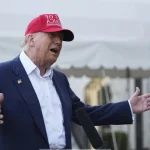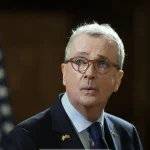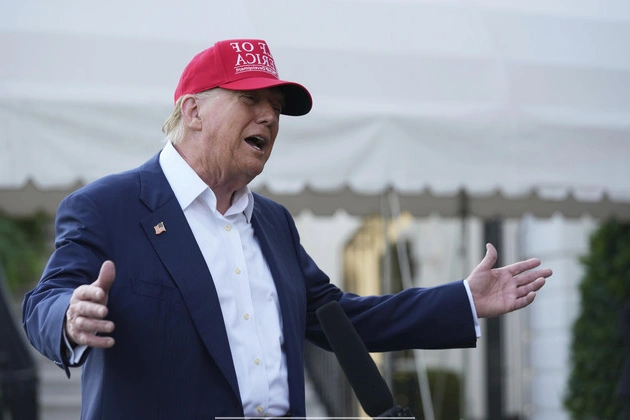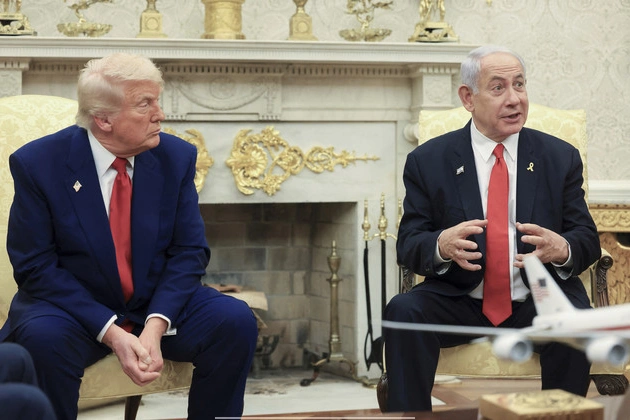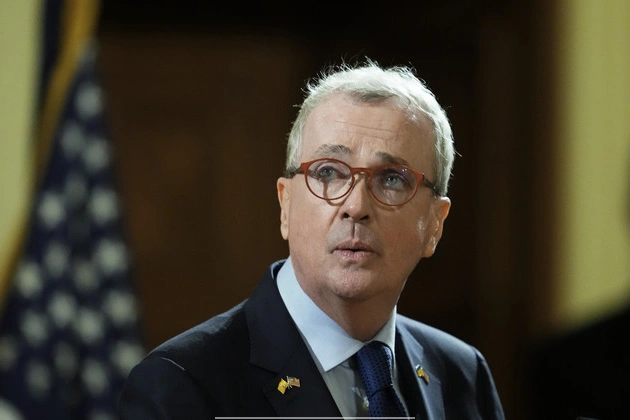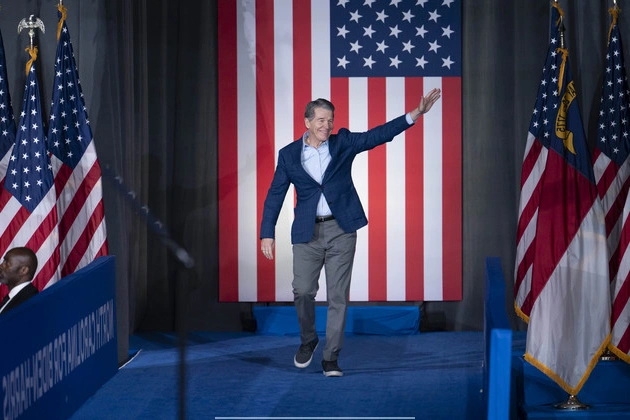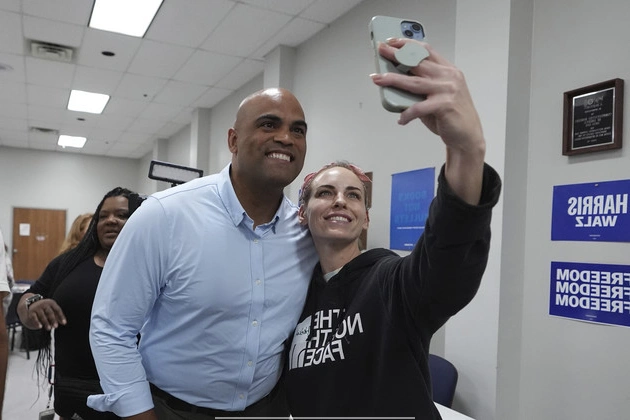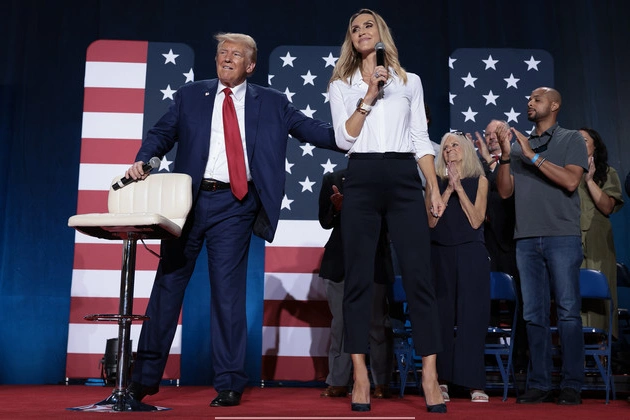
This week’s breakthrough on an economic cooperation deal with Ukraine is unlikely to soften Russian President Vladimir Putin’s resistance to President Donald Trump’s peace plan — and the White House isn’t sure yet how to change that.
While administration officials on Thursday publicly heralded the deal as a major development, there is a lack of consensus inside the White House on what comes next, according to two people familiar with the discussions and granted anonymity because they aren’t authorized to speak publicly.
It could involve hard choices, including putting direct pressure on the Kremlin, which Trump has so far been reluctant to do.
“More sanctions would be the next turn of the screw,” one of the people said. “If the president wants to go that route.”
Challenges and Responses
A proposal sponsored by Sen. Lindsey Graham (R-S.C.) to impose new sanctions on Russia and 500 percent tariffs on countries that buy Russian oil, gas, and aluminum has received broad bipartisan support in the Senate, possibly even a veto-proof majority. France’s foreign minister, Jean-Noël Barrot, said on Thursday that he discussed the “commendable” proposal with Secretary of State Marco Rubio during a meeting and expressed a desire for European allies to coordinate with the U.S. on the imposition of new sanctions.
Whether an additional sanctions regime will be enough to pressure Putin is another matter.
Putin’s Response and International Reactions
The Russian leader has met four times in as many months with Trump envoy Steve Witkoff and continued to reject the U.S. proposal for ending the three-year war, which would freeze the conflict along the current battle lines and thus give Russia significant territorial gains.
Reacting to an intensified Russian bombing campaign in recent days, Trump has mused aloud on social media about whether he needs to toughen his approach toward Putin. But, over the last four months, he’s shown no eagerness to do so. He has yet to take a position on a Republican proposal to increase sanctions on Moscow. And it’s been the president’s reluctance to approve additional aid for Ukraine’s war effort or post-war security guarantees that necessitated a future-looking revenue-sharing agreement in the first place.
Analysis and Future Prospects
In the briefing room on Thursday morning, press secretary Karoline Leavitt said the “historic” deal was evidence that the president is “the dealmaker in chief” and committed to “securing a lasting peace” in Ukraine. The administration’s trumpeting of the Ukraine deal comes with the president just having passed the politically significant 100-day mile-marker of his second term, which came and went without Trump having secured any deals on trade or a brokered peace between Russia and Ukraine that he promised would come on the first day of his administration.
Treasury Secretary Scott Bessent, who led negotiations on the minerals agreement over the last several months, suggested in a television interview on Thursday morning that it would have an impact on the peace talks that appear to be stalled.
“This is a strong signal to the Russian leadership, and it gives President Trump the ability to now negotiate with Russia on an even stronger basis,” he said during an appearance on Fox Business Network.
Conclusion: Implications and Uncertainties
Another Treasury official, granted anonymity to talk about the agreement, said that America having a greater economic interest in Ukraine’s future will show Russia the U.S. is “committed to Ukraine’s long-term success.”
Richard Haass, the former head of the Council on Foreign Relations and a veteran of three Republican administrations, said the deal is a positive step toward improving the strained relationship between the U.S. and Ukraine. But it is not, he said, a game-changer in peace talks.
“We shouldn’t oversell this. It’s not a substitute for an open-ended, longer-term U.S. military and intelligence support for Ukraine,” Haass said. “The single biggest question is whether this agreement leads to something more between the US and Ukraine.”
Trump, whose initial proposal to Ukraine was for the U.S. to receive $500 billion in revenues from the country’s future minerals development, has continued to publicly describe the deal as a way for American taxpayers to recoup some of the $120 billion in U.S. defense aid over the last three years. The final agreement, however, does not require Ukraine to repay any aid.
Instead, the two countries will establish a joint investment fund to help rebuild Ukraine after the war. Under the deal, the U.S. will have preferential rights to mineral extraction in Ukraine. Kyiv, meanwhile, will have the final say in what and where is being mined and retain the ownership of the subsoil. Ukraine will retain control of its natural resources and contribute 50 percent of future revenue from new licenses for critical minerals, oil, and gas exploration.
And the agreement allows the U.S. to contribute to the fund through direct payments or through new military assistance. That leaves open the possibility for Congress to approve a new defense supplemental for Ukraine, although additional taxpayer-funded aid remains a long shot.
As Bessent noted, the urgency for finally ratifying the economic cooperation agreement picked up in recent days after Trump met with Zelenskyy on the sidelines of Pope Francis’ funeral last weekend. It also materialized as the president grew increasingly irritated by Putin’s intensifying bombing campaign on Ukraine’s capital and maximalist position on peace talks, although a White House official suggested that Russia’s hard line publicly didn’t completely reflect private negotiations with Moscow.
“If anything, the Russian stance has toughened,” Haass said. “They are prosecuting the war with no letup, and their articulated position is getting more, not less, demanding and farther away from a ceasefire.”
